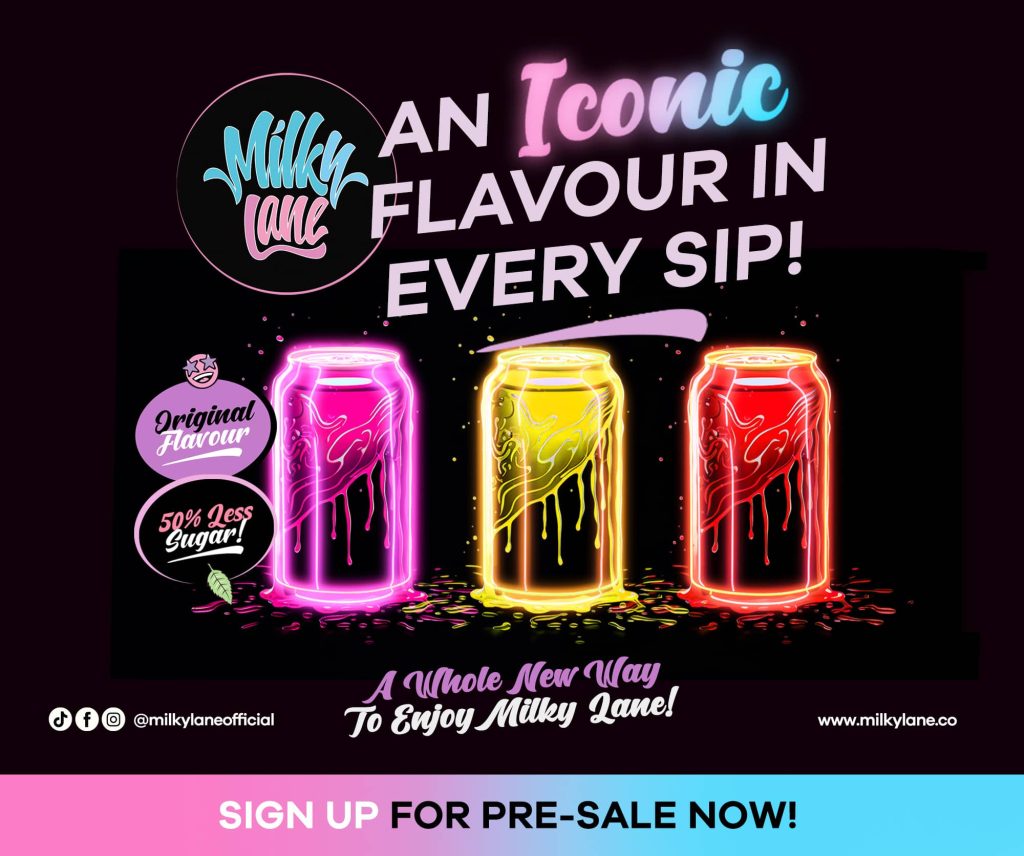

Hospitality is the heart of many Australian cities. Serving millions of patrons and hundreds of different cuisines a year, the hospitality industry is a vital clog in our economic machine.
This is why it was so devastating for many when the industry was forced to shut down in-house dining due to government restrictions implemented because of the coronavirus pandemic. By the first week of April 2020, almost every Australian state had shut their borders and put some sort of restrictions in place that involved venues and restaurants having to close their doors to patrons.
Comparatively to the rest of the world, every state, but Victoria, had relatively short lockdowns. However, that didn’t mean the impact wasn’t felt widely by the industry. As the borders were closed between most states, interstate travel was only for essential reasons, meaning a lack of international and national guests, which created a general reduction in spending, putting great pressure on businesses.
Hospitality businesses had to adapt to the new normal, meaning the industry has changed hugely over the last year. So, nearly one year on, what has changed?
Hospitality increased their online endeavours to cater to their only way of getting business during the lockdown, which was takeaway options. Businesses also had to reduce costs, re-skill staff, make the most of the domestic market and diversify their services.
Firstly, consumer behaviour changed, and new business strategies had to be adapted. Businesses hoping to stay afloat implemented the necessary measures to re-open or still run while not accepting in-house dining.
Delivery and takeaway services excelled throughout the pandemic, with almost every venue, restaurant or café offering takeaway. Many introduced no-contact pick-up options and drive-thru services to continue running their business, amongst other clever incentives. The use of apps and technology-assisted in this, as everyone could order from their phones, makes the process seamless and more appealing.
The huge shift in spending habits was another factor of change for the industry. With many losing work and all-around economic uncertainty, everyone is reconsidering their discretionary spending, so venues have to up their marketing to differentiate themselves above other businesses. Venues compete to have patrons spend their spare cash at their business rather than somewhere else because fewer people are spending all around.
On top of having to innovate, adapt and work towards new business models, staffing became an issue. Many businesses had to let staff go, while some had to up-skill or adjust their staff’s roles. This way, businesses could keep loyal staff while becoming agile enough in their organisational structures to keep pushing forward. As we move forward through 2021, some of this unpredictability will remain.
Overall the hospitality industry went through a huge amount of change and upheaval in Australia in 2020. However, many adapted well to survive and thrive again.
If you want to give back to Australia’s hospitality venues after a tough year. Then we recommend heading to the best burger restaurant in Australia – Milky Lane. Just like everyone else, Milky Lane dealt with the turmoil of last year and came out the other side. So, if you want to support the industry while eating the most amazing burgers ever, head to Milky Lane.
🧀 MAC N CHEEZELS SKILLET IS HERE / Book Now In Bio 🧀
You guys won’t want to miss out on this bubbling hot Homemade Mac & Three-Cheese, topped with Cheezel dust.
Available at all locations NOW and from the 18th in Adelaide

😈COB LOAFS ARE BACKKKKKK BABY!!!!!! ‘MAC N CHEEZELS’ HAS NEVER LOOKED SO GOOD 😈
Get out the stretchy pants for this deliciously CHEEEESY Cob Loaf loaded with our House Made Mac & Cheezel topped with Crispy Bacon Bits, crushed Cheezels & even more Cheese! 🧀
*Available in Adelaide from the 18th of March

😈 CURRAMBINE, THE WAIT IS OVER 😈
We know you heard the rumours and we tried to deny them all 🤣 but in a matter of weeks, you’ll be getting THE BIGGEST MILKY LANE EVER 🥵
With over 250 seats downstairs + a Private Dining Room AND a Late Night restaurant/bar upstairs running till 12am (opens in around 2 months) complete with its own DANCE FLOOR, the wait is truly worth it - not to mention the infamous ML hip hop murals all through through the venue and a fully customised DJ booth on each level 🫣
📲 visit milkylane.co to pre register for bookings (scroll to the bottom of the page)
📥 we are looking for floor, kitchen and bar staff so pls email Currambine@milkylane.co
See you soon friends 😘

WE’VE HIT THE PINNACLE OF DESSERTS - ‘BISCOFF HOT CROSS BUN FRENCH TOAST’ IS NOW A THING W/ HOME-MADE APPLE PIE ICE CREAM 😈😈😈😈
These Biscoff stuffed Hot Cross Buns, grilled into French Toast, served with Homemade Apple Pie Ice Cream & a shot of Biscoff Sauce will fulfil your weekly sugar intake 🤣 but we promise, you won’t regret a single thing 🥵🥵
Available everywhere except Adl who FINALLY START SPECIALS ON 18TH OF MARCH 🤩🤩🤩

Who’s ready for their next Milky Lane experience 😏 just jump onto our bio and click the link to grab a table 🤩
Delicious Burgers, Cheeky Cocktails, Mouth Watering Desserts, Naughty Shots, DJs and much more 😈😈😈
📍Sydney Perth Brisbane Gc Adelaide and Bendigo with more coming soon

Best Burgers, Indulgent Desserts and Tasty Cocktails – all under one cool destination . Located at Newstead, Parramatta, Surfers Paradise, Gregory Hills, Elizabeth Quay, Curtin, Cairns, Currambine, Adelaide, Canberra, Orange & Bendigo.
Milky Lane is #1 destination for great food & drinks, cool atmosphere, funky beats and old school street art.
Milky Lane Practises & Promotes the Responsible Service of Alcohol
©MIlky Lane 2024

